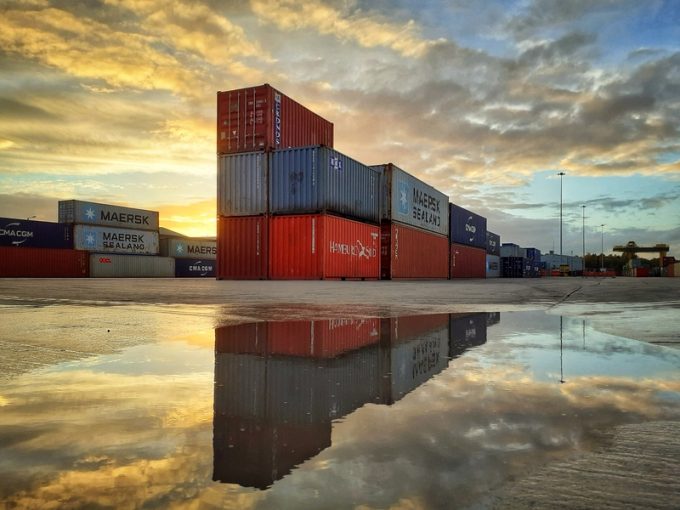Bullish Wan Hai, unfazed by US port fees, reports record profits
Wan Hai Lines GM Tommy Hsieh is positive about achieving higher transpacific contract rates this ...

The Asia – US spot rate components of the Freightos Baltic Index (FBX) slumped this week by 19% and 7% respectively for container shipments to the US west and east coasts.
According to the FBX reading, US west coast spot rates fell to $12,596 per 40 ft – their lowest level since July last year. For US east coast shipments FBX’s spot rate declined to $15,973 per 40 ft.
“As demand falls and space becomes available, ocean rates continued to fall this ...
Transpacific sees first major MSC blanks as rates fall and volumes falter
'It’s healthy competition' Maersk tells forwarders bidding for same business
Shippers snap up airfreight capacity to US ahead of tariff deadline
White House confirms automotive tariffs – 'a disaster for the industry'
Volcanic disruption at Anchorage could hit transpacific airfreight operations
New price hikes may slow ocean spot rate slide – but for how long?
Tighter EU import requirements proving 'a challenge' for forwarders

Comment on this article